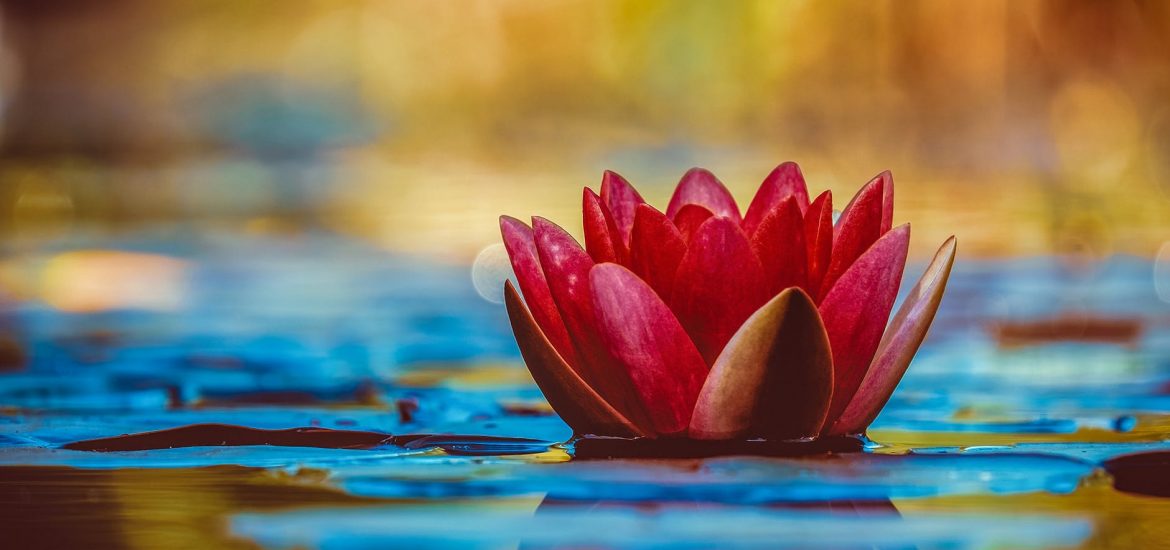The fact that people and terrestrial animals need air to live is undeniable, but what about the creatures that live under the water? They might not have the same respiratory system as humans, but they still need it, oxygen in particular. Sometimes the amount of oxygen produced naturally is not enough, and that’s when aeration comes into play.
To put it simply, aeration is the process during which the oxygen is introduced into the water. Every process that adds oxygen into the water can be called aeration. There are several ways in which you can do it – such as water fountains, aerators, waterfalls, and more. If you’re not really sure what will be the best for your pond, or after scrolling through several websites like Living Water Aeration which have an option of creating a custom design, as aeration is an investment not for a month but for several years.
Now, you might ask – Do I really need it? What difference would it make? Well, here are a few reasons why you should consider aerating the water in your pond.
Improved water quality
Proper aeration will help you in maintaining the water crystal clear and without an unpleasant smell. In case the level of oxygen in the water is not high enough, sediments from the bottom of the pond can start producing various gases that will lower its quality, and create a not so nice odor. If the water is aerated correctly, the gases will be released into the atmosphere. Aeration also helps in stabilizing pH, removing carbon dioxide, and decreasing the number of treatments your pond will need that will result in saving money.
The use of aeration will also help in reducing the muck and getting rid of the excess nutrients, therefore reducing the number of algae, since there will not be enough nutrients to support its growth. The constant circulation of water might also result in the relocation of algae into deeper parts of the pond, where daylight doesn’t reach as much as on the surface.
Prevents fish kills
Natural aeration can support only a small amount of fish. During the summer, when the temperature is getting higher, so is the demand for oxygen as the biological activity increases during this period. If there is not enough oxygen, fish in your pond have no way of breathing and that leads to a massive fish kill. A similar situation happens in winter. If the air is not mixed or appropriately aerated during the cold days, the oxygen level can drastically drop in the matter of a few days, or even a few hours.
If the level of oxygen is high, then fish can feed and grow faster, and also are more active as air is essential for their living. There is also a lower chance of them catching a disease or dying. Even if you didn’t have problems with your fish before, you don’t know how it’s going to be in the next few years, and the only insurance you can have for your fish to stay healthy is if you install an aerator.
No thermocline
Proper aeration will eliminate the thermocline, which is a border between the colder water from the bottom and hotter water from the surface. The cooler water goes up to the surface to become infused with oxygen, while water from the surface drops to the bottom to fuel the beneficial bacteria that is there. It makes the difference between the temperature of water at the top and the bottom of the pond no higher than a few degrees.
Adding plants will not work
If you think that adding more underwater plants into the pond will help in increasing the amount of oxygen in the pond, then sorry to disappoint you, but it will not help. Sure, the plants will produce more oxygen, but only during daylight. When the sky becomes dark, they stop the process of photosynthesis that produces oxygen and only perform respiration that consumes the oxygen produced during the day.
Adding underwater plants will work in case you want to lower the number of algae in your pond, as they will up the nutrition that algae need to grow.
Aeration of water is very important for the ecosystem in your pond. It not only improves the quality of water by making it cleaner, but also eliminates the thermocline that creates a big difference in temperatures of the top and the bottom.
Even if in the beginning it might look a little expensive as you have to buy the whole system, the later maintenance is not. Monthly cost reaches from 10 up to 50 dollars per month which is a small price compared to all the benefits it brings to your pond.

